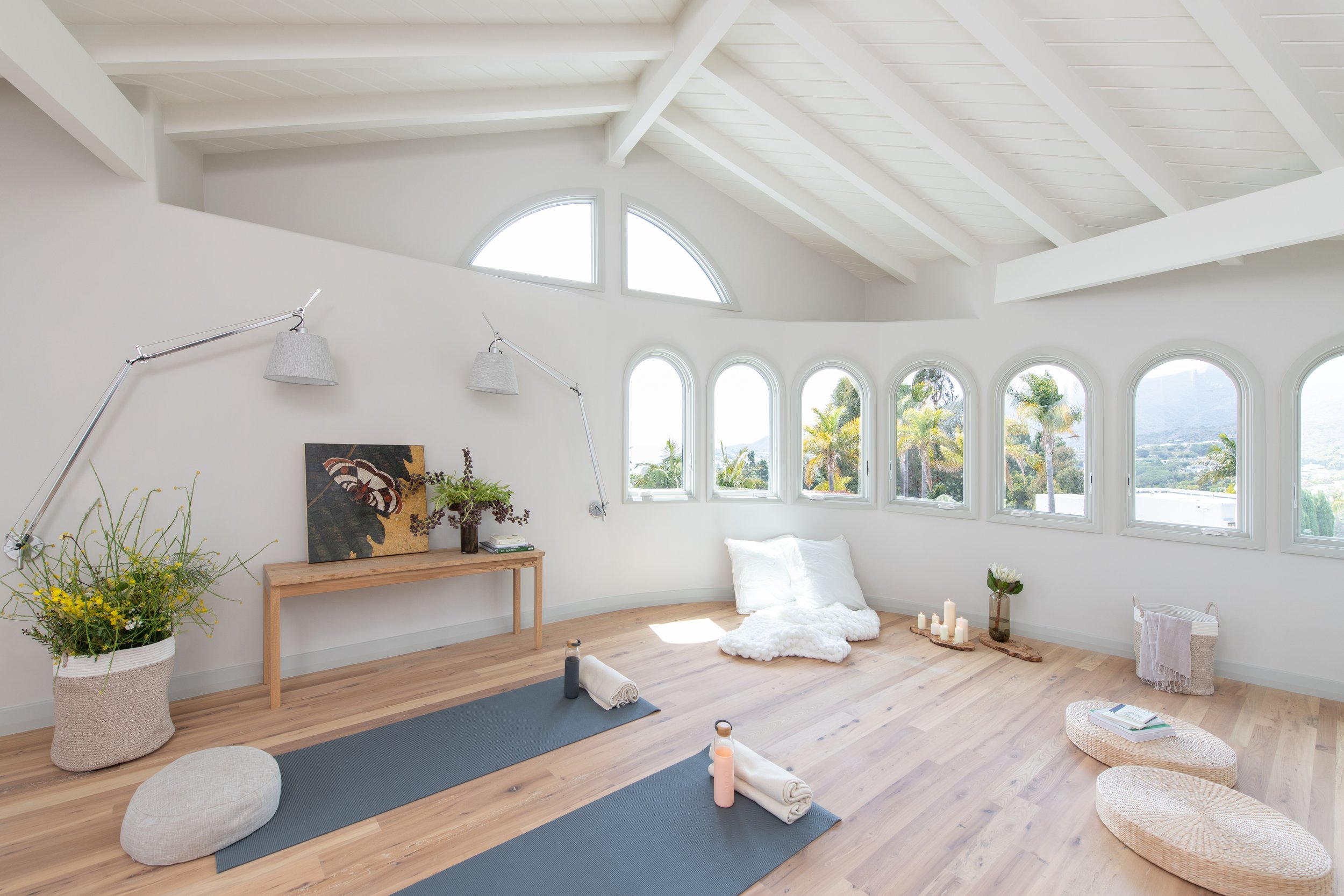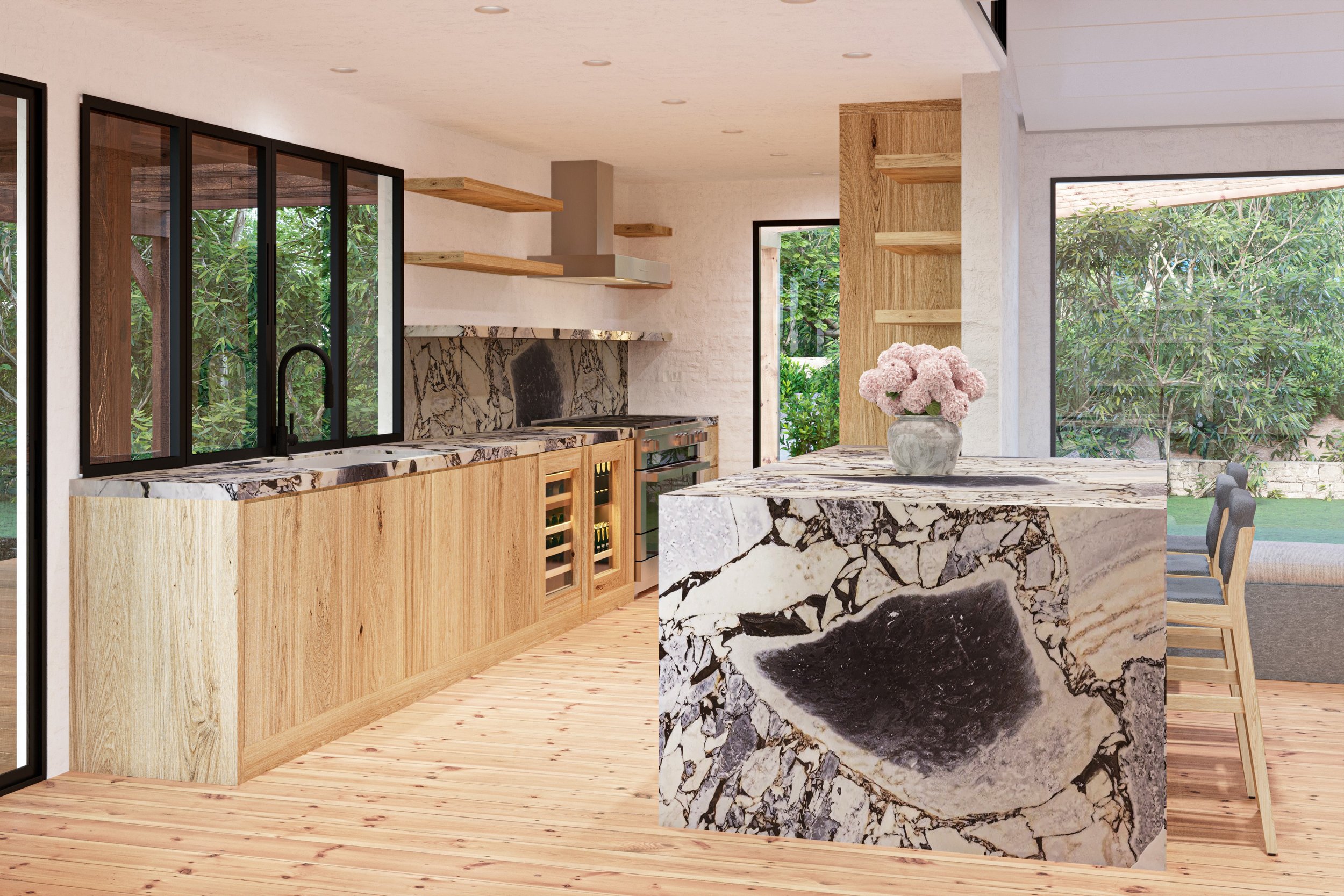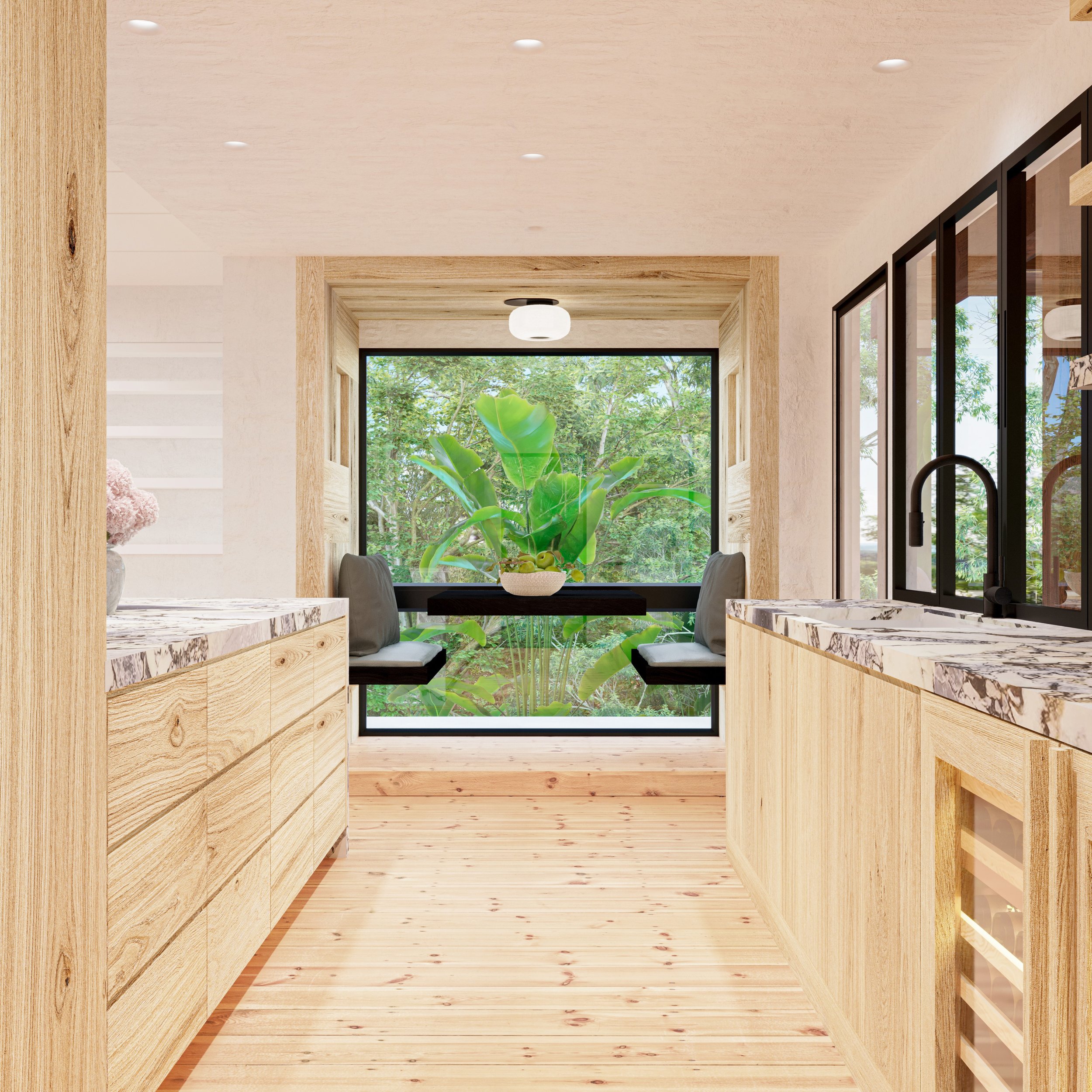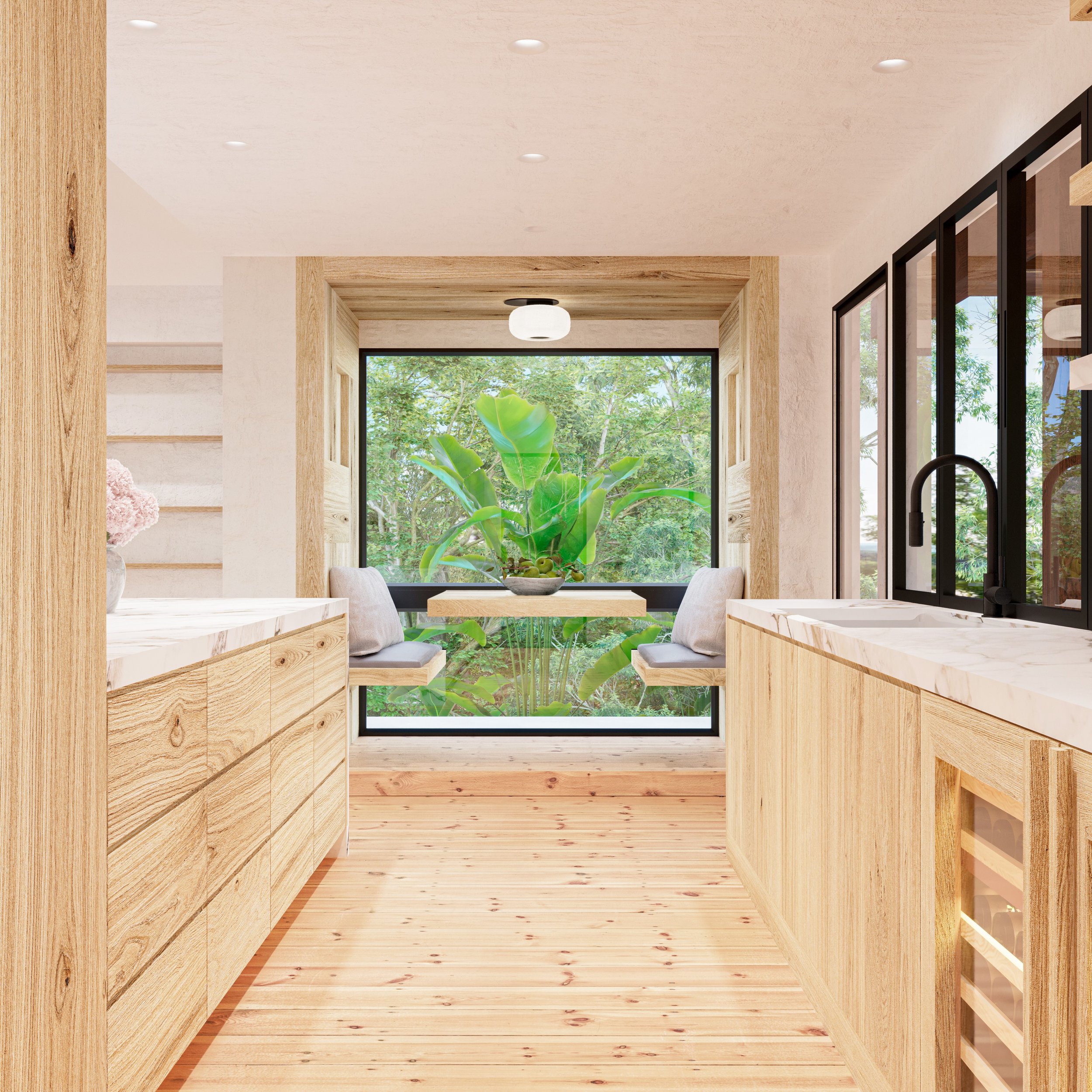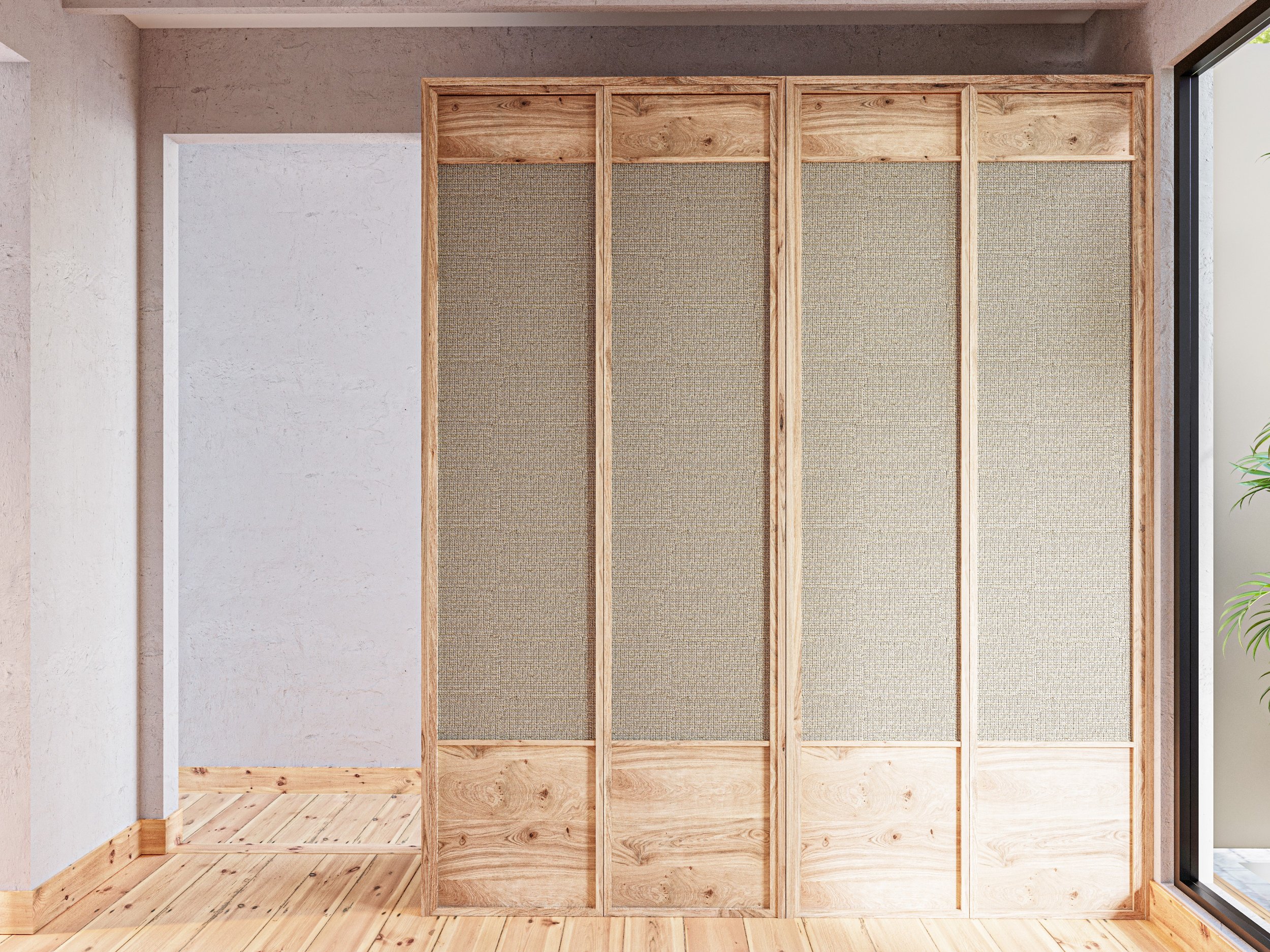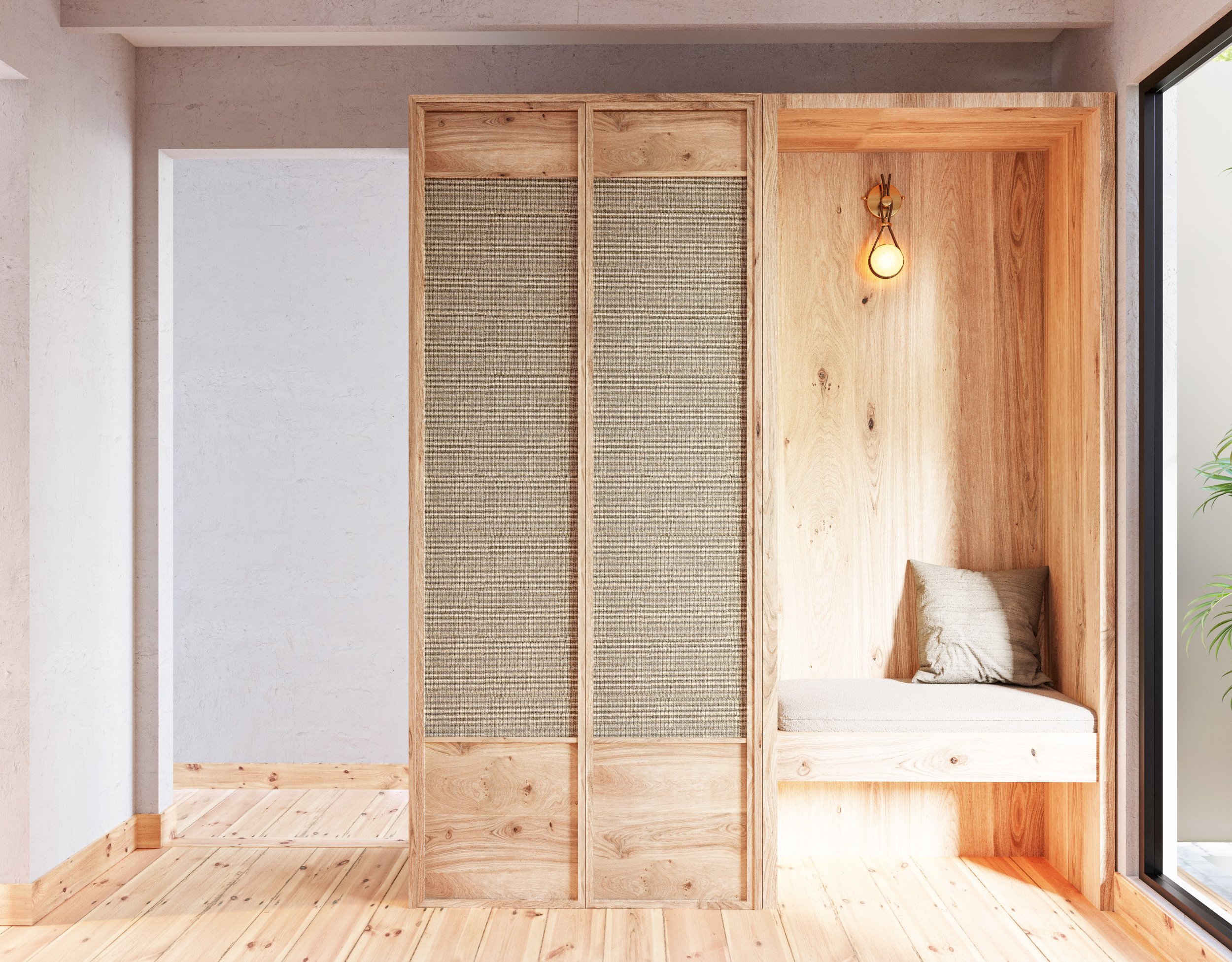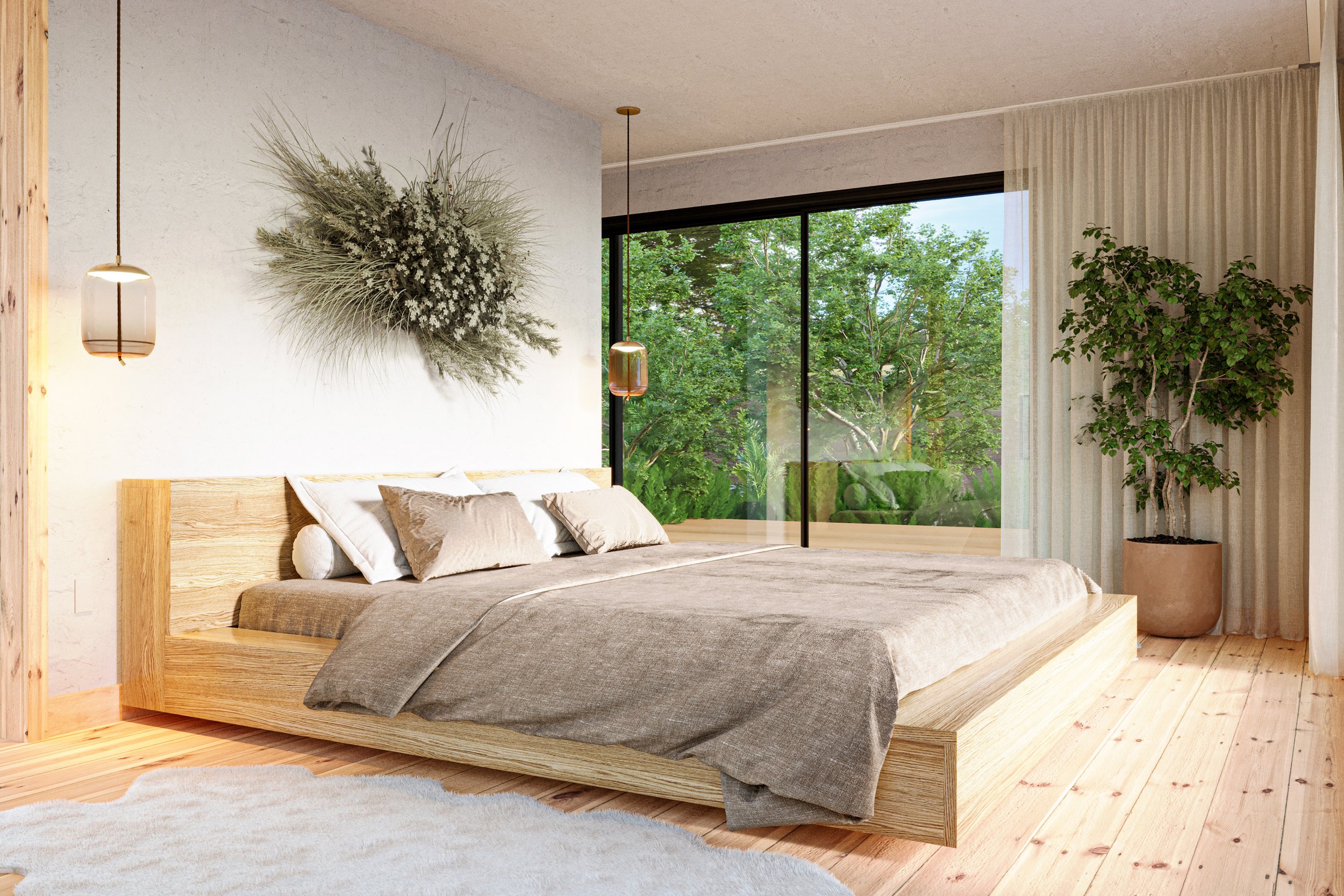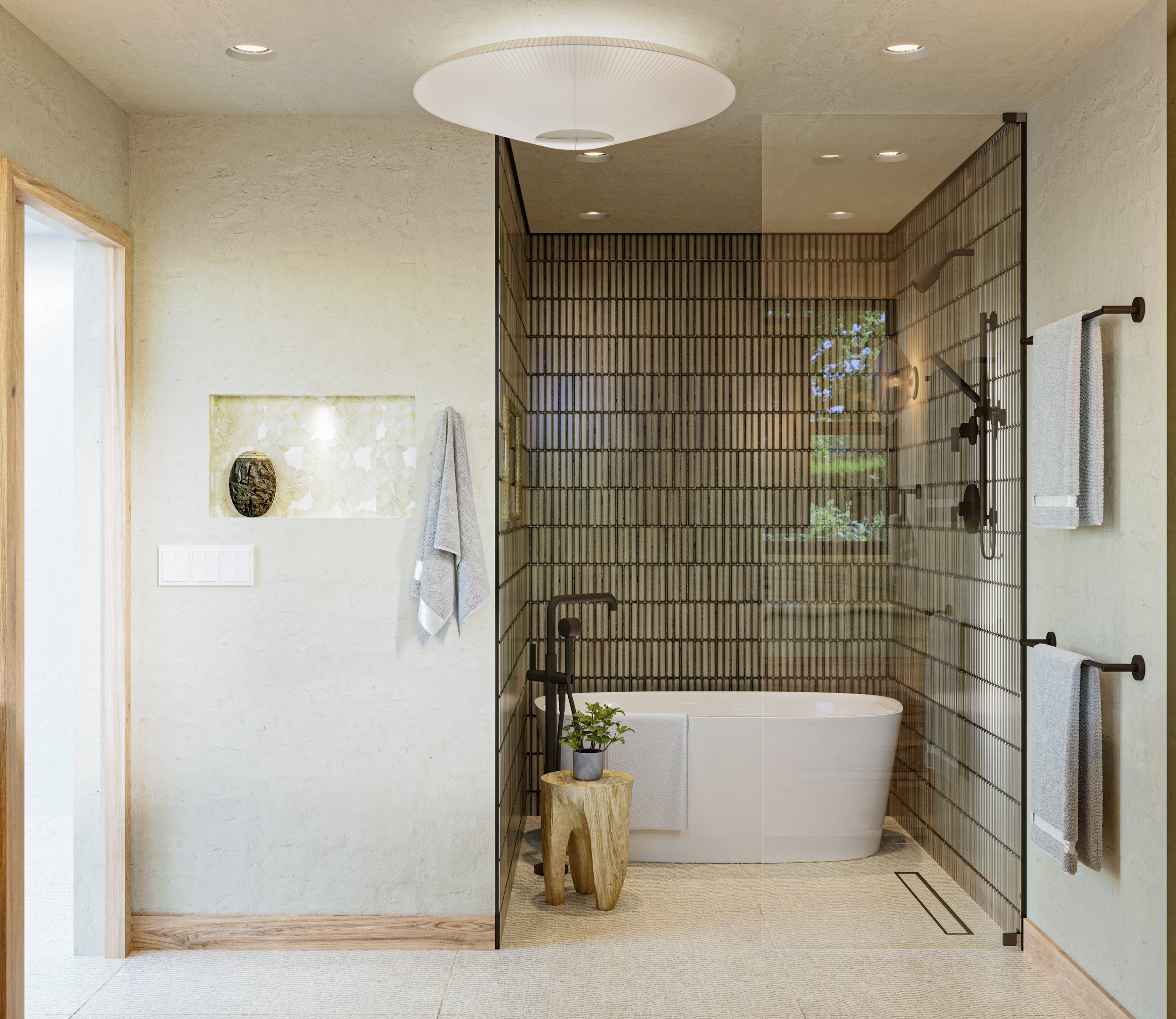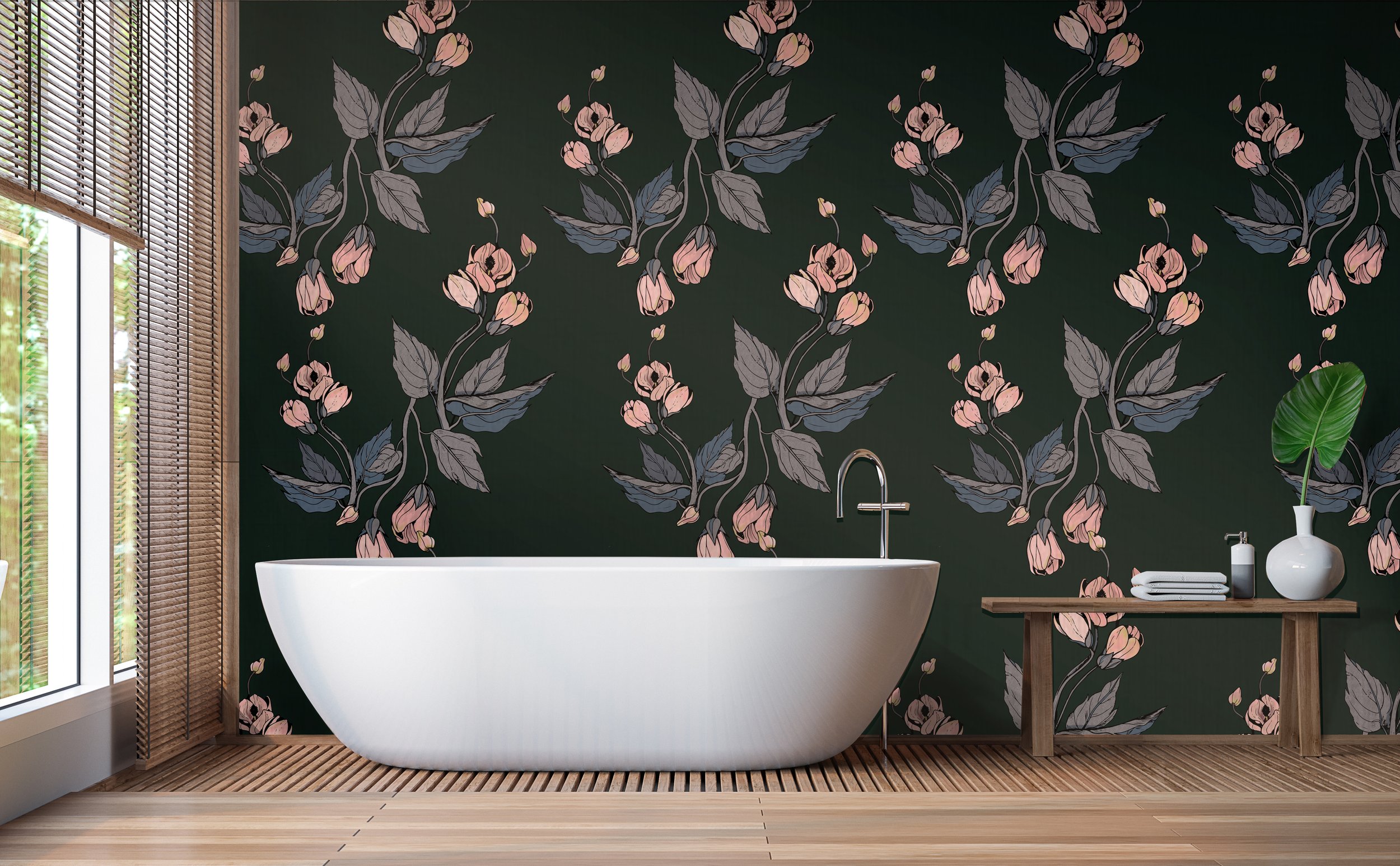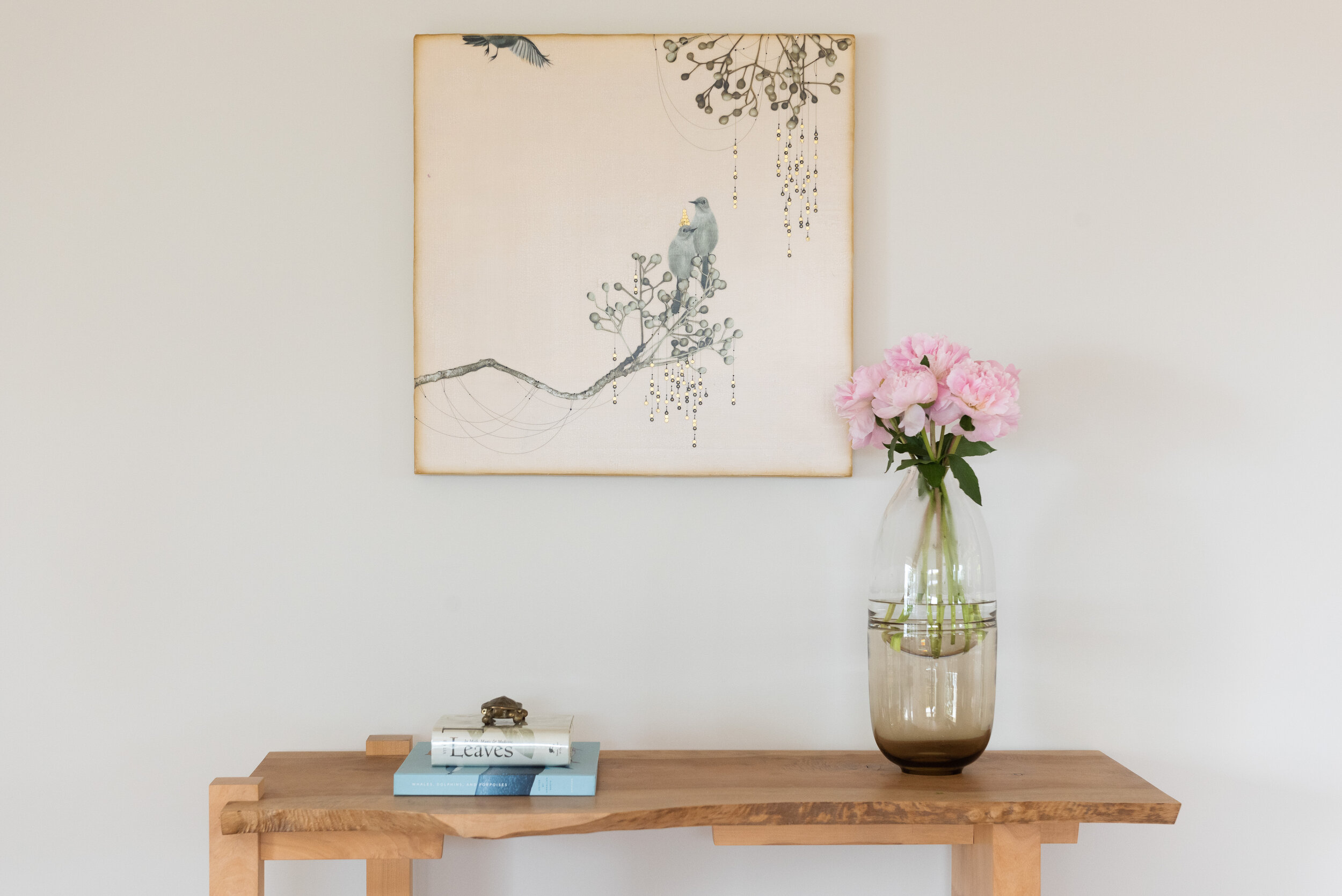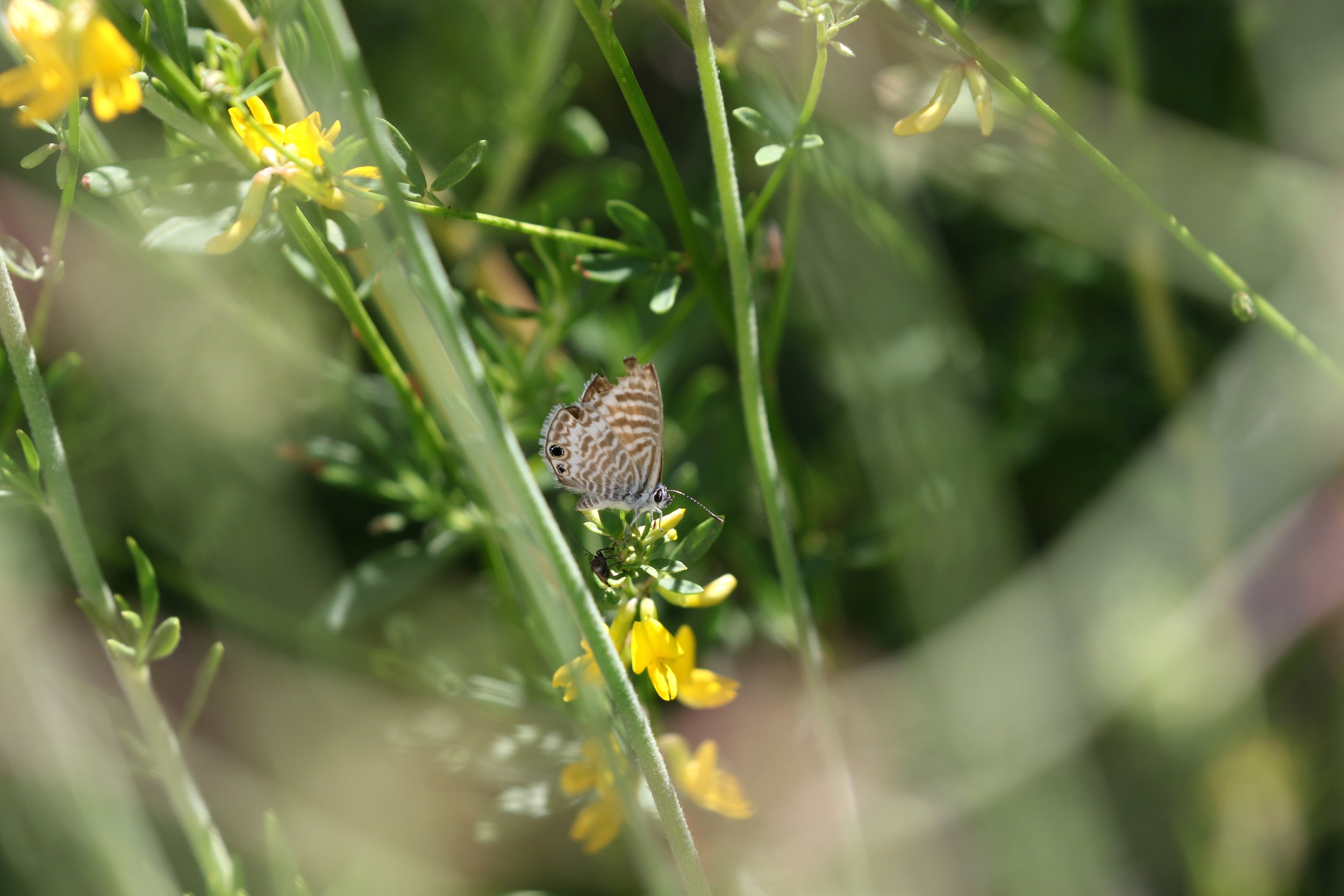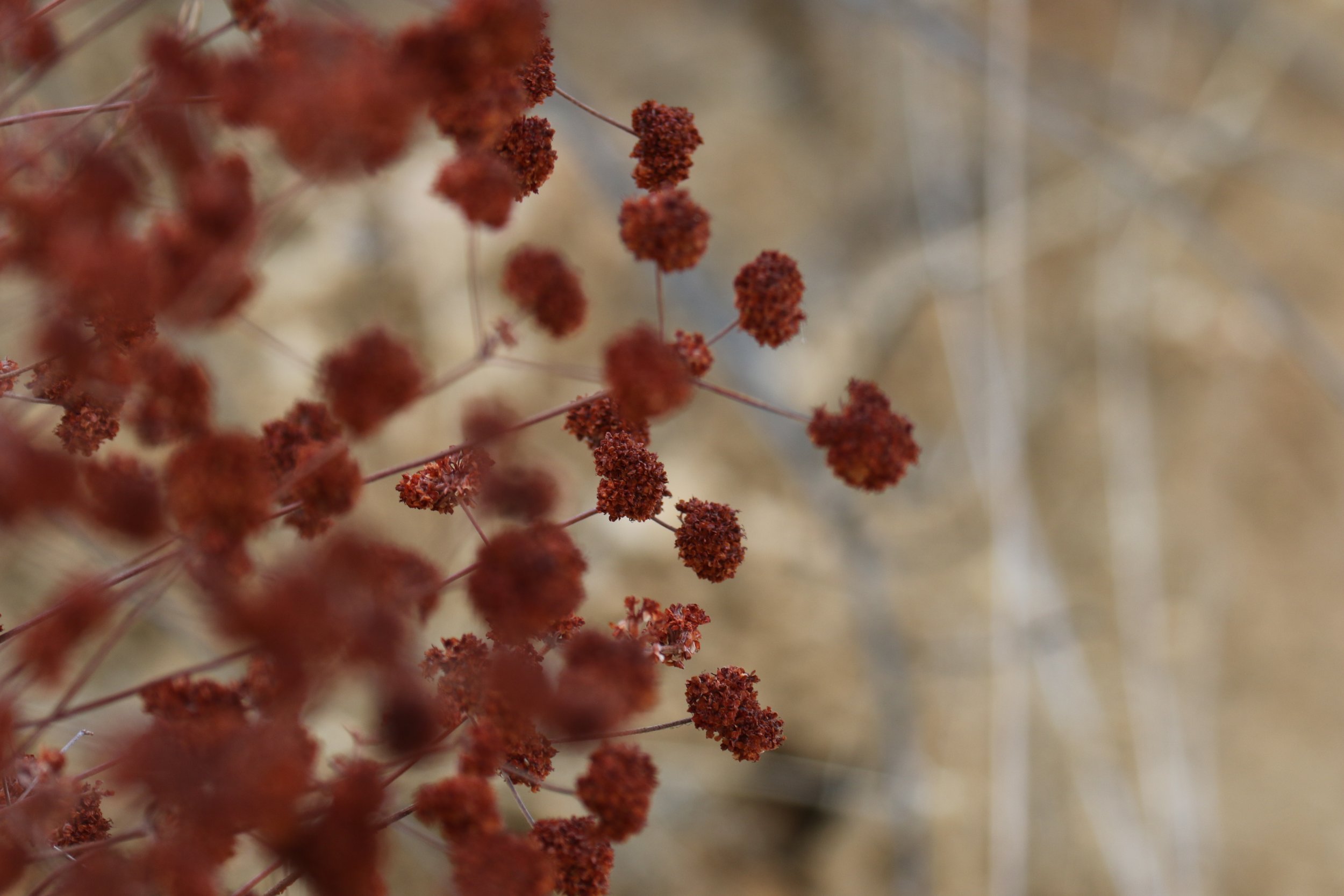Sarah Barnard, WELL AP + LEED AP, is a leading designer of personalized, sustainable spaces that support mental, physical, and emotional wellbeing. She creates highly personalized, restorative spaces that are deeply connected to art and the preservation of the environment. An advocate for consciousness, inclusivity, and compassion in the creative process, Sarah has appeared in Architectural Digest, Elle Décor, Vogue, HGTV, and many other publications. In 2017 Sarah was honored as a “Ones to Watch” Scholar by the American Society of Interior Designers (ASID).
Works Cited
1. “The Largest Trees in the World.” National Parks Service, U.S. Department of the Interior, https://www.nps.gov/seki/learn/nature/largest-trees-in-world.htm.
2. “General Sherman Tree (U.S. National Park Service).” National Parks Service, U.S. Department of the Interior, https://www.nps.gov/places/000/general-sherman-tree.htm.
3. “Hotspot: California on the Edge.” National Parks Service, U.S. Department of the Interior, https://www.nps.gov/goga/learn/management/index.htm.
4. “Explore the Biodiversity Hotspots.” CEPF, https://www.cepf.net/our-work/biodiversity-hotspots.
5. Top 20 Largest California Wildfires. https://www.fire.ca.gov/media/4jandlhh/top20_acres.pdf.
6. “What Is the WUI?” U.S. Fire Administration, 8 June 2022, https://www.usfa.fema.gov/wui/what-is-the-wui.html.
7. Johnson, Erin. “Wildfire Defense Certificate: Landscaper Module.” United States Green Building Council Los Angeles Chapter, Sept 2022, https://usgbc-la.org/
8. “Our Mission - USGBC-La.” USGBC, 4 Aug. 2022, https://usgbc-la.org/our-mission/.
9. “About.” Theodore Payne Foundation, https://theodorepayne.org/about/.
10. Li, Shu, et al. “Mapping the Wildland-Urban Interface in California Using Remote Sensing Data.” Nature News, Nature Publishing Group, 6 Apr. 2022, https://www.nature.com/articles/s41598-022-09707-7.
11. Li, Shu, et al. “Mapping the Wildland-Urban Interface in California Using Remote Sensing Data.” Nature News, Nature Publishing Group, 6 Apr. 2022, https://www.nature.com/articles/s41598-022-09707-7.
12. “California Properties at Risk of Wildfire Expected to See Sixfold Increase in 30 Years.” Los Angeles Times, Los Angeles Times, 17 May 2022, https://www.latimes.com/california/story/2022-05-16/california-properties-at-risk-of-wildfire-expected-to-grow.
13. California Department of Forestry and Fire Protection (CAL FIRE). “Fire Hazard Severity Zones.” Cal Fire Department of Forestry and Fire Protection, https://osfm.fire.ca.gov/divisions/community-wildfire-preparedness-and-mitigation/wildfire-preparedness/fire-hazard-severity-zones/.
14. “Fire Safety Laws.” Ready for Wildfire, 22 July 2021, https://www.readyforwildfire.org/more/fire-safety-laws/.
15. “AB-38 Fire Safety: Low-Cost Retrofits: Regional Capacity Review: Wildfire Mitigation.” Bill Text - AB-38 Fire Safety: Low-Cost Retrofits: Regional Capacity Review: Wildfire Mitigation., https://leginfo.legislature.ca.gov/faces/billTextClient.xhtml?bill_id=201920200AB38.
16. “Fire-Resistant Landscaping .” Site ID, https://www.malibucity.org/1035/Fire-Resistant-Landscaping.
17. “Preparing Home Landscaping.” University of California, Agriculture and Natural Resources, https://ucanr.edu/sites/fire/Prepare/Landscaping/.
18. “Habitat Gardening.” California Native Plant Society, 27 June 2022, https://www.cnps.org/gardening/native-design-basics/habitat-gardening.
19. David. “Fire-Resistant Landscaping.” California Native Plant Society, 17 May 2022, https://www.cnps.org/flora-magazine/fire-resistant-landscaping-23654.
20. “Lemonade Berry, Rhus Integrifolia.” California Native Plant Society, https://calscape.org/Rhus-integrifolia-(Lemonade-Sumac).
Further Resources
https://usgbc-la.org/programs/wildfire-defense-education-and-tours/
https://usgbc-la.org/wp-content/uploads/2022/04/Wildfire-Toolkit-2022-1.pdf
www.readyforwildfire.org















